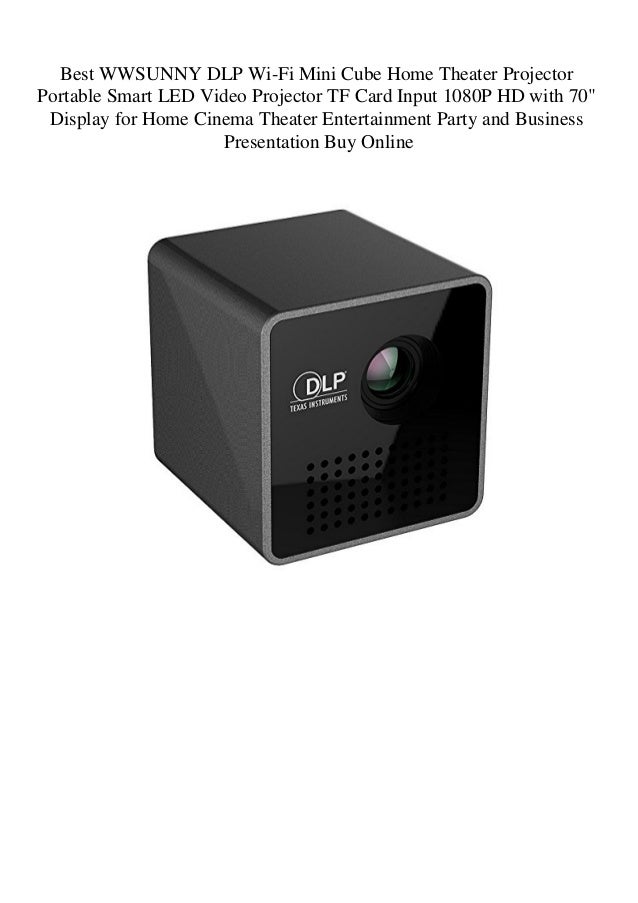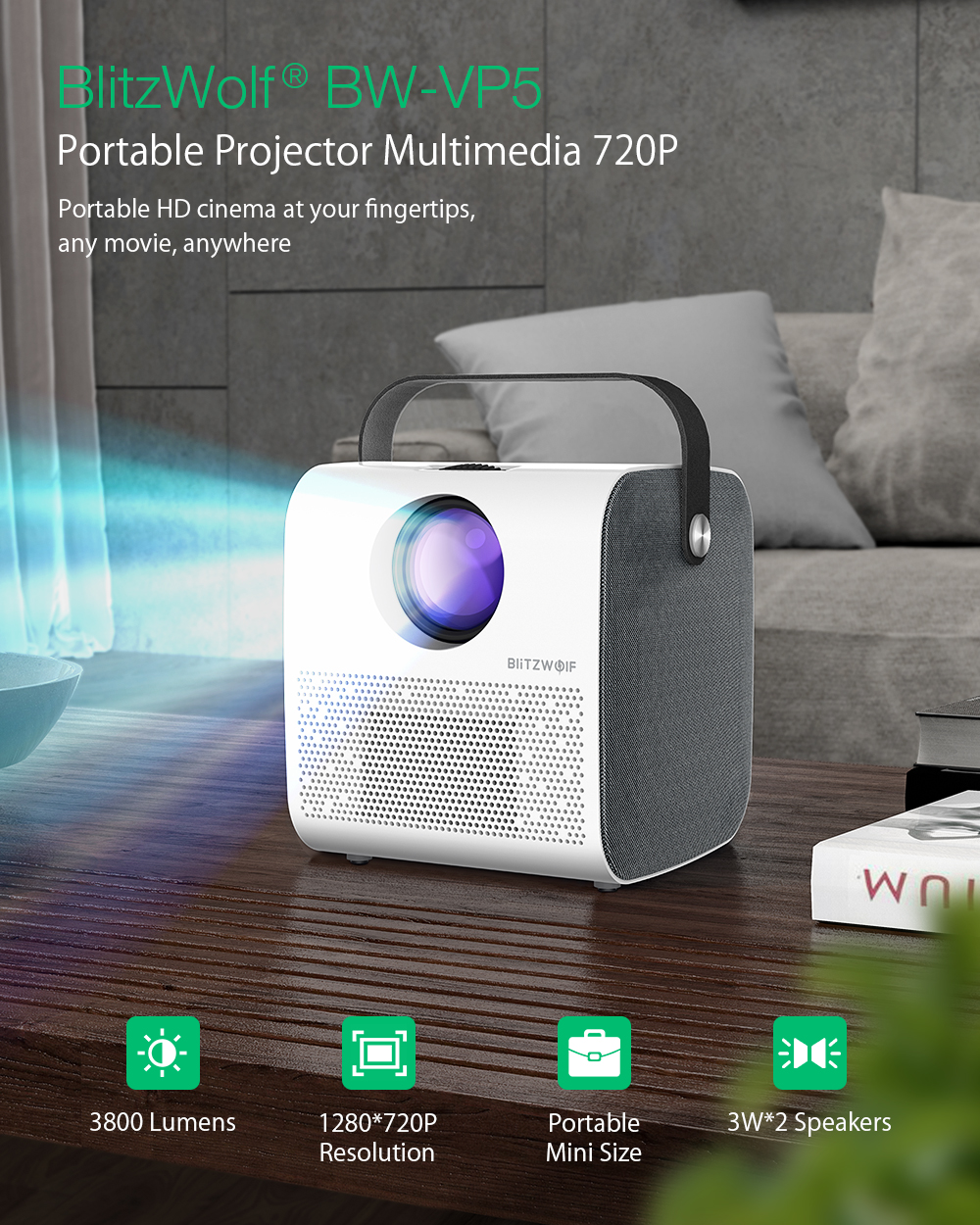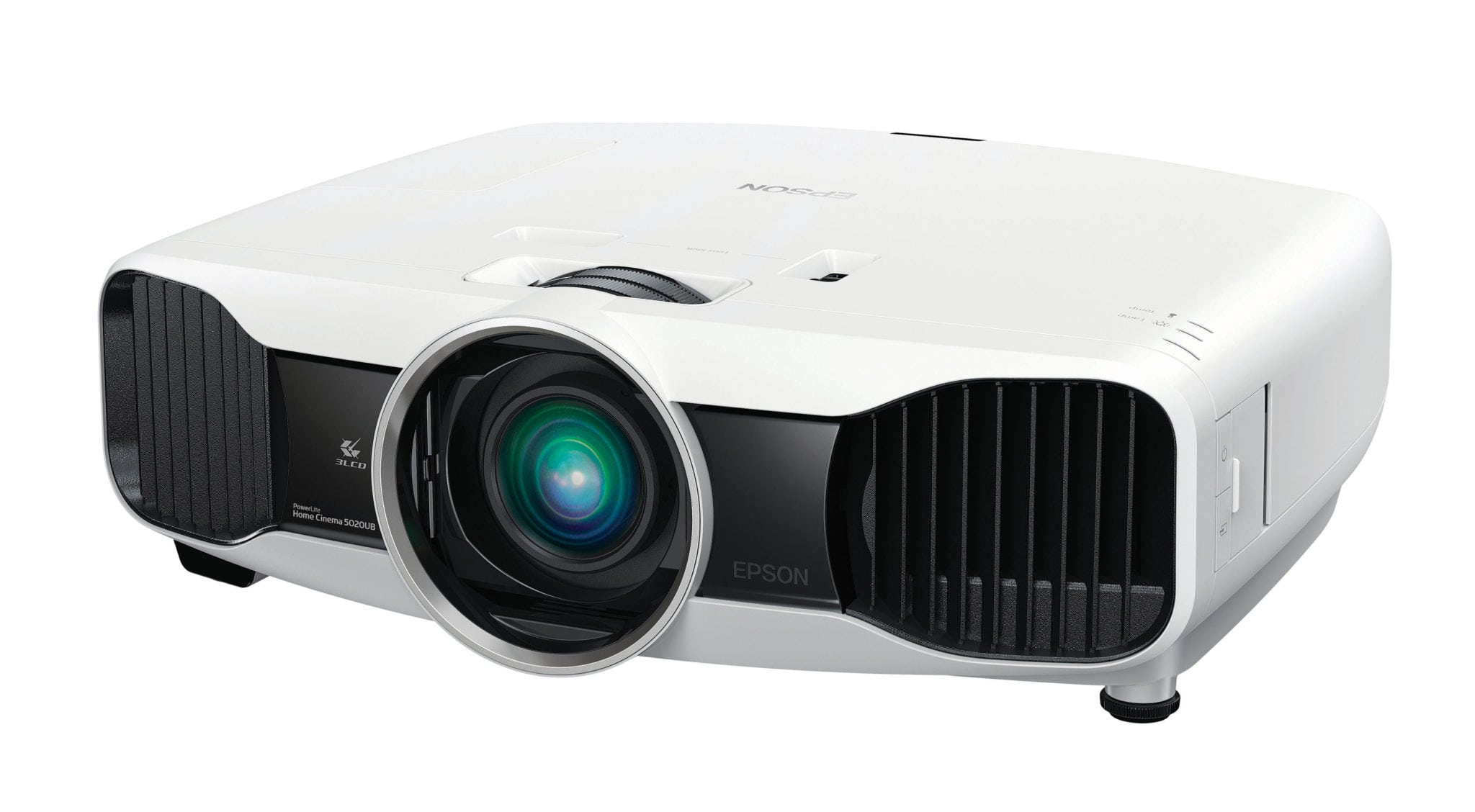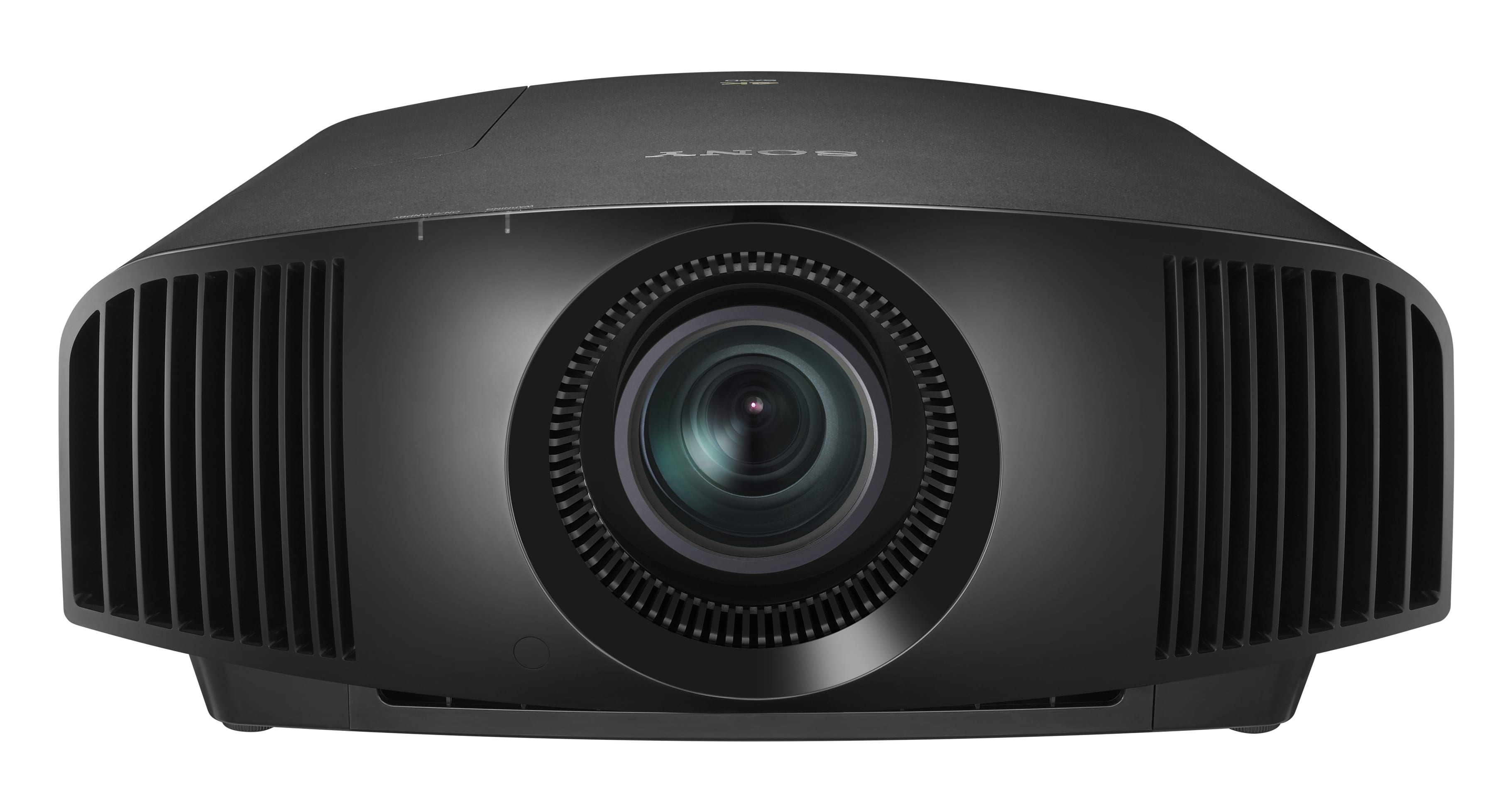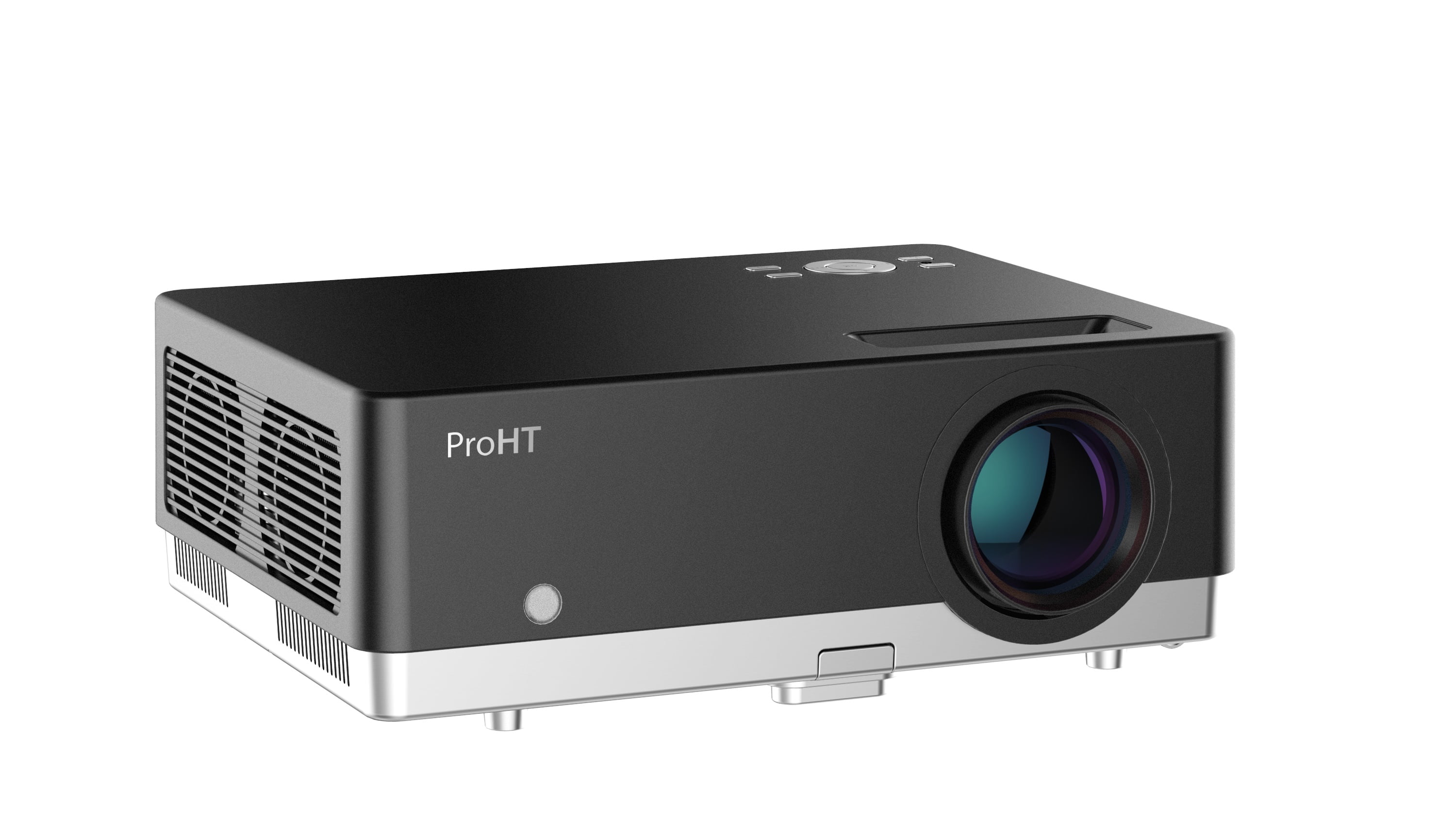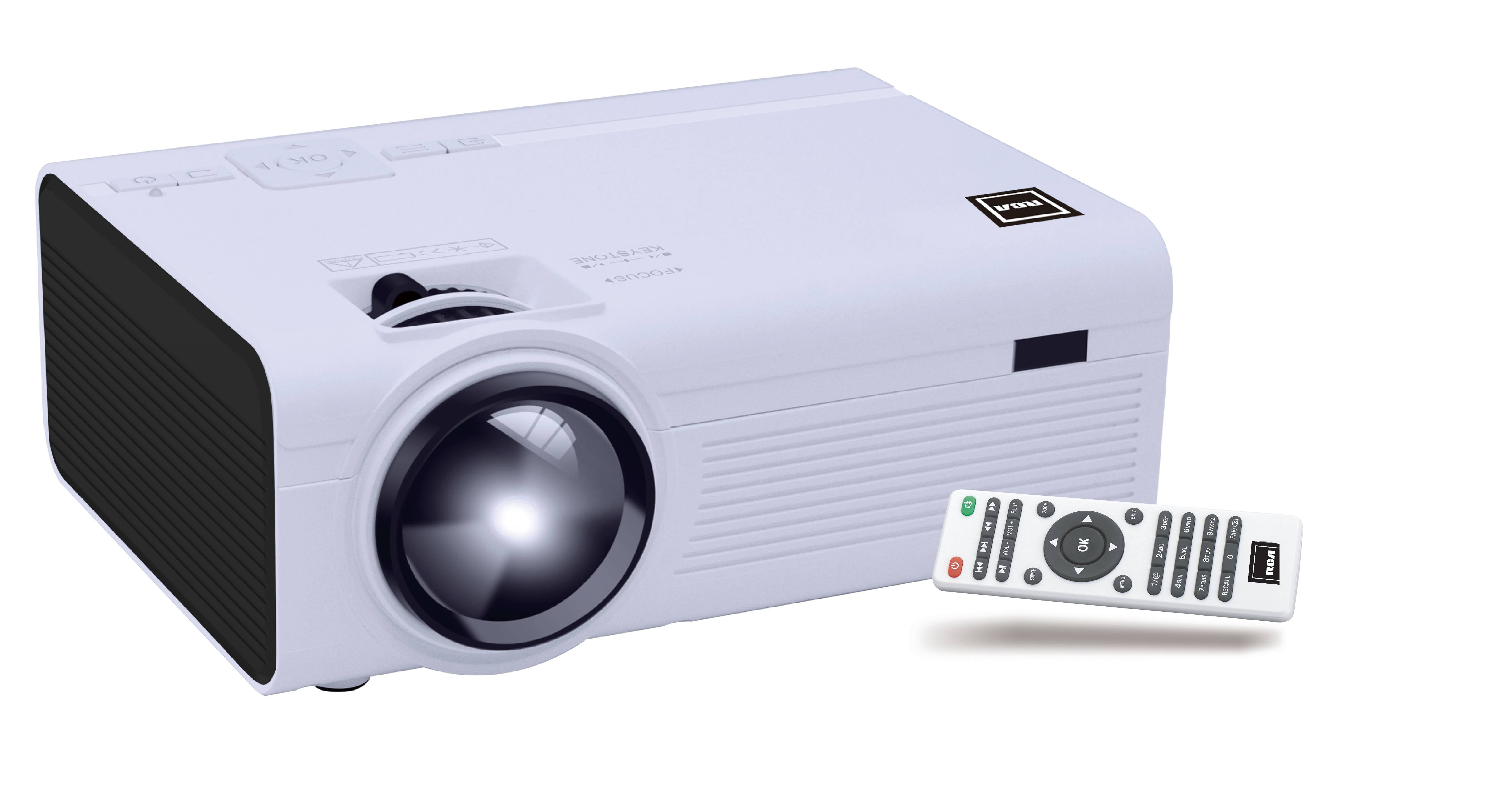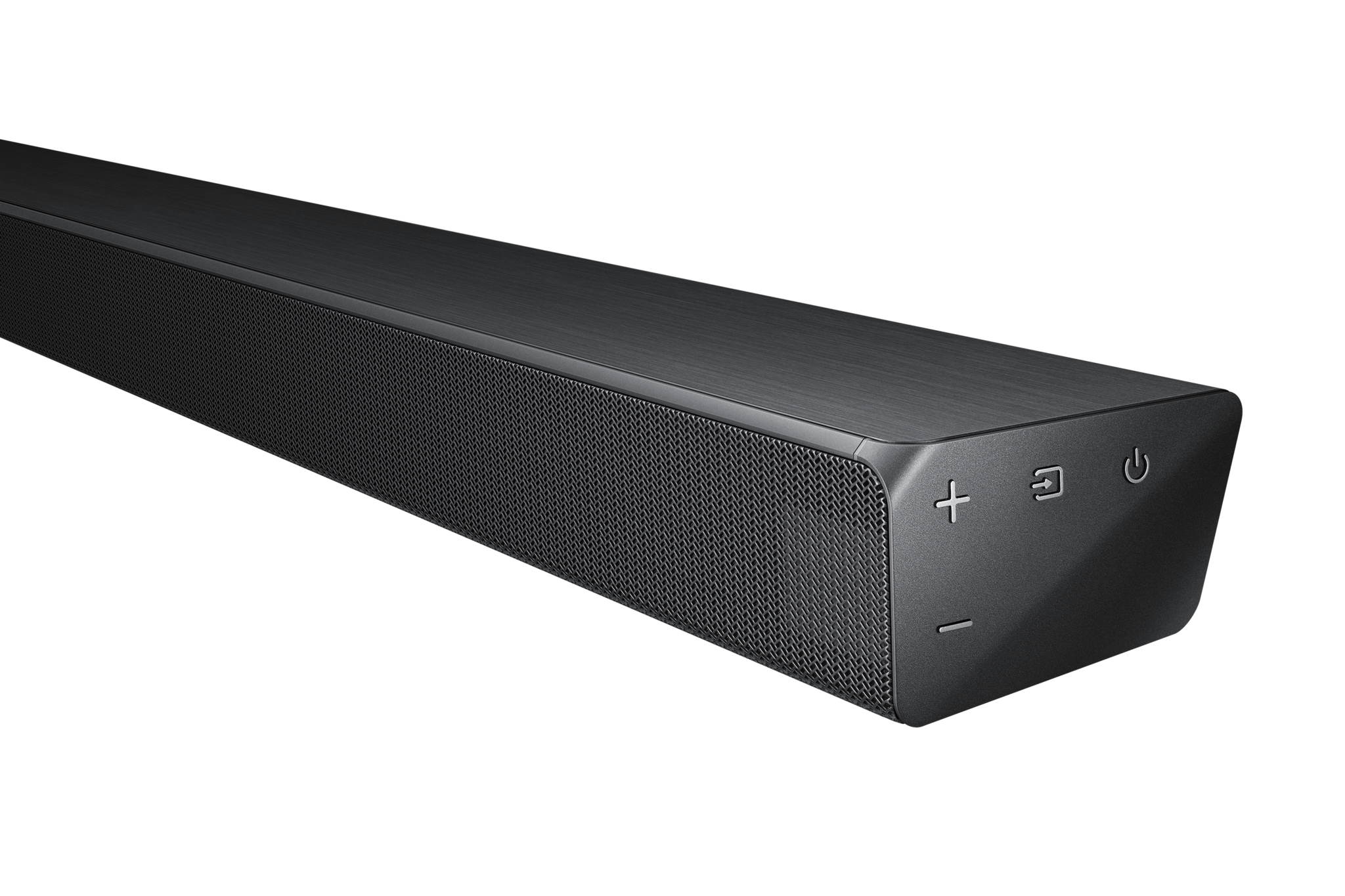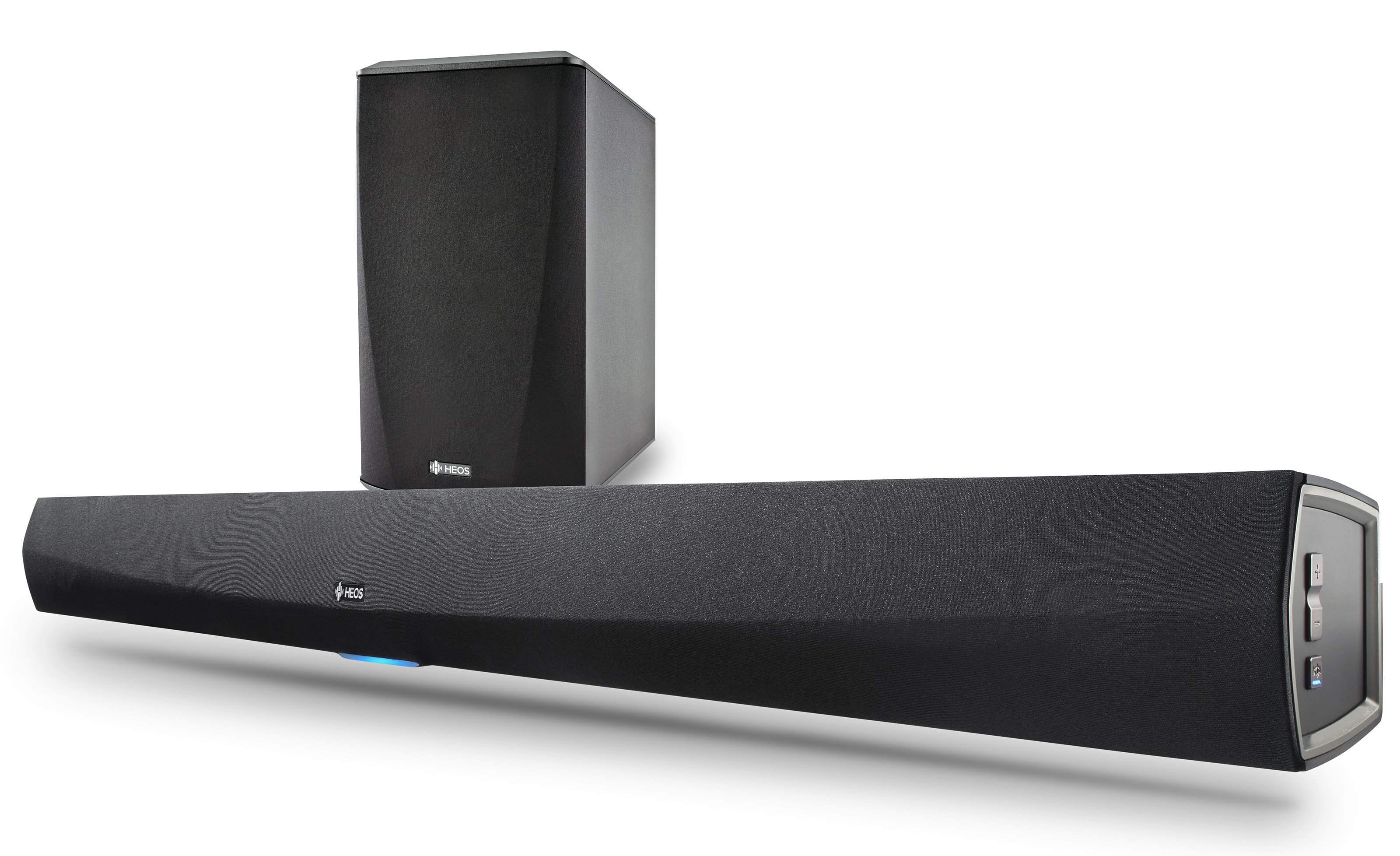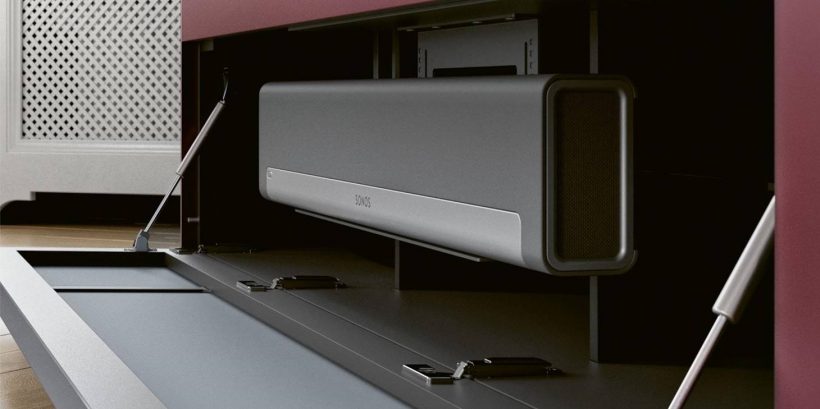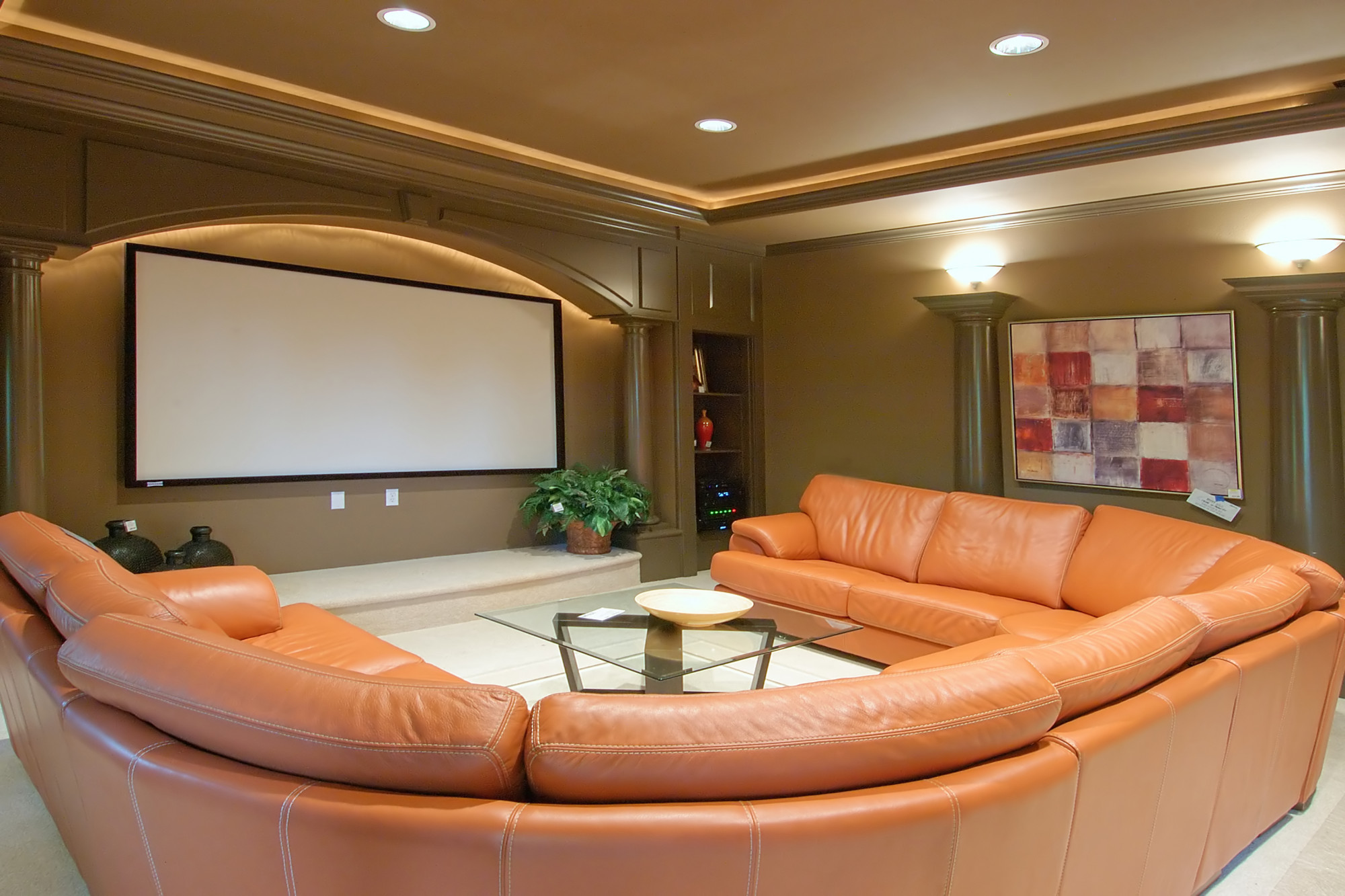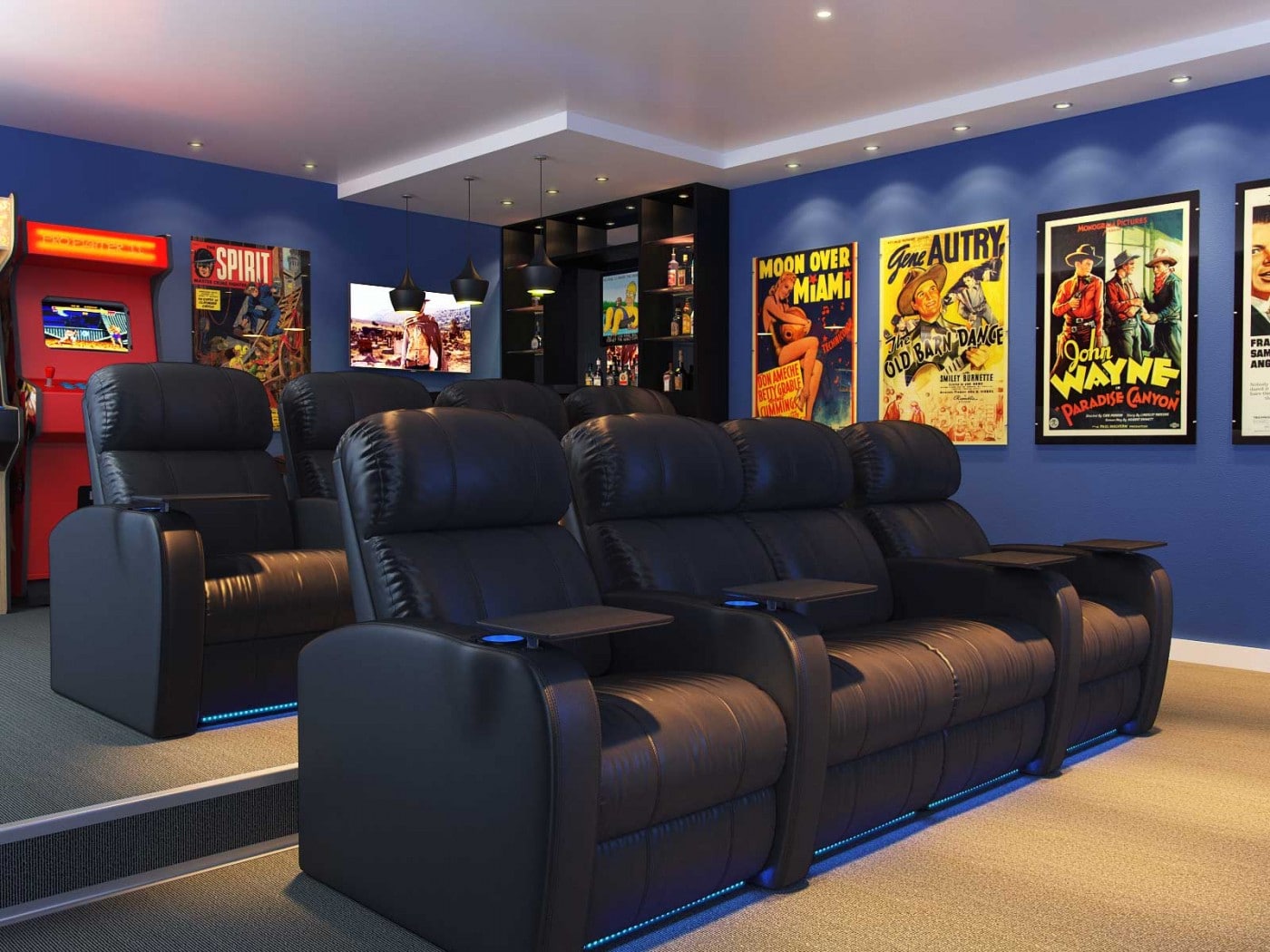Transforming your living room into a home theater is a dream for many homeowners. It's a space where you can escape reality and immerse yourself in your favorite movies, TV shows, and games. But before you start shopping for a home theater system, it's important to understand the key components and features to look for. Let's dive into the top 10 things to consider when buying a home theater for your living room.1. Home Theater System: Creating the Ultimate Living Room Entertainment Experience
The first step in creating your dream home theater is finding the perfect spot in your living room. Ideally, you want a space that is away from natural light sources and has enough room for seating and equipment. Consider the layout of your living room and the size and placement of your TV or projector screen. You'll also want to think about the location of power outlets and the best way to hide unsightly wires and cables.2. The Home Theater Setup: Finding the Perfect Location
While some may choose to tackle the installation process themselves, it's important to consider the complexity of setting up a home theater system. Hiring a professional can save you time and ensure that everything is set up correctly for optimal performance. They can also provide guidance on equipment placement, soundproofing, and other important elements that can make a big difference in your overall experience.3. Home Theater Installation: DIY or Professional Help?
Sound is a crucial component of any home theater system. When it comes to speakers, there are a few options to consider: traditional floor-standing speakers, bookshelf speakers, in-wall or in-ceiling speakers, and soundbars. Each has its own benefits and drawbacks, so it's important to do your research and choose the option that best fits your living room and budget.4. Home Theater Speakers: Choosing the Right Sound System
The receiver is the central hub of your home theater system. It's responsible for powering and controlling all of your audio and video equipment, as well as connecting to your TV or projector. When choosing a receiver, look for one with enough channels to support your desired speaker setup, as well as features like Bluetooth or Wi-Fi connectivity for streaming music and movies.5. Home Theater Receiver: The Heart of Your System
If you want to truly recreate the movie theater experience in your living room, consider investing in a home theater projector. Projectors offer larger and more immersive screens than traditional TVs, making them a great option for movie buffs. Look for a projector with high resolution, brightness, and contrast for the best picture quality.6. Home Theater Projector: A Cinematic Experience at Home
Soundbars are a popular option for those looking for a simple and compact home theater setup. They are designed to sit under or in front of your TV and provide better sound quality than your TV's built-in speakers. Some soundbars also come with subwoofers for added bass and surround sound features for a more immersive experience.7. Home Theater Soundbar: An All-in-One Audio Solution
No home theater is complete without comfortable and stylish furniture. Look for seating options that offer proper support for long movie marathons and have features like cup holders and reclining capabilities. You can also add in accessories like a popcorn machine or mini-fridge to make your living room feel like a true movie theater.8. Home Theater Furniture: Comfort and Style for Your Viewing Pleasure
There are a variety of accessories that can enhance your home theater experience. These can include things like a universal remote for easy control of all your devices, a surge protector to protect your equipment, and a media player for streaming content from various sources. Consider your needs and budget when choosing which accessories to add to your setup.9. Home Theater Accessories: Enhancing Your Viewing Experience
Once your home theater is set up, it's important to properly maintain it for optimal performance. This includes regularly cleaning your equipment, checking for any loose connections or damaged wires, and updating software and firmware as needed. It's also a good idea to invest in a surge protector and consider a maintenance plan from your installation company for added peace of mind.10. Home Theater Maintenance: Keeping Your System in Top Shape
Creating the Ultimate Home Theater Experience

Transform Your Living Room into a Movie Lover's Paradise
 If you're a movie buff, there's nothing quite like watching your favorite films on the big screen. But why limit yourself to just the cinema? With the right equipment and setup, you can bring the movie theater experience right into your own living room. A home theater system is the perfect addition to any house, providing hours of entertainment for the whole family. But with so many options available, it can be overwhelming to know where to start. Here's a guide to help you create the ultimate home theater experience in your living room.
If you're a movie buff, there's nothing quite like watching your favorite films on the big screen. But why limit yourself to just the cinema? With the right equipment and setup, you can bring the movie theater experience right into your own living room. A home theater system is the perfect addition to any house, providing hours of entertainment for the whole family. But with so many options available, it can be overwhelming to know where to start. Here's a guide to help you create the ultimate home theater experience in your living room.
Choosing the Right Television
 The centerpiece of any home theater is the television. When it comes to selecting the perfect TV for your living room, there are a few key factors to consider. First, determine the size and layout of your living room. This will help determine the ideal screen size for your TV. Next, consider the resolution.
4K and HDR
are the current industry standards, providing a crystal-clear picture with vibrant colors. Lastly, think about the type of display.
OLED and QLED
are popular options, offering deeper blacks and wider viewing angles.
The centerpiece of any home theater is the television. When it comes to selecting the perfect TV for your living room, there are a few key factors to consider. First, determine the size and layout of your living room. This will help determine the ideal screen size for your TV. Next, consider the resolution.
4K and HDR
are the current industry standards, providing a crystal-clear picture with vibrant colors. Lastly, think about the type of display.
OLED and QLED
are popular options, offering deeper blacks and wider viewing angles.
Investing in Quality Sound
 No home theater experience is complete without high-quality sound. The most common option is a surround sound system, which consists of multiple speakers placed strategically around the room to create an immersive audio experience. However, if you're limited on space, a
soundbar
can provide a similar effect while taking up less room. Don't forget to also consider a
subwoofer
for deep bass and a
receiver
to connect and control all of your audio devices.
No home theater experience is complete without high-quality sound. The most common option is a surround sound system, which consists of multiple speakers placed strategically around the room to create an immersive audio experience. However, if you're limited on space, a
soundbar
can provide a similar effect while taking up less room. Don't forget to also consider a
subwoofer
for deep bass and a
receiver
to connect and control all of your audio devices.
Creating the Perfect Seating Arrangement
 Now that you have the visual and audio components covered, it's time to think about seating. Comfort is key when it comes to a home theater. Look for
reclining
or
sofa-style
seating options to provide maximum comfort for long movie marathons. If your living room has limited space, consider
stackable chairs
or a
bean bag
for a more casual setup.
Now that you have the visual and audio components covered, it's time to think about seating. Comfort is key when it comes to a home theater. Look for
reclining
or
sofa-style
seating options to provide maximum comfort for long movie marathons. If your living room has limited space, consider
stackable chairs
or a
bean bag
for a more casual setup.
Controlling Your Home Theater
 With all of the different components in a home theater, it's important to have a way to control them all. A
universal remote
can be programmed to operate all of your devices, eliminating the need for multiple remotes. Smart home technology also allows for
voice control
of your home theater, making it even easier to switch between movies, TV shows, and music.
With all of the different components in a home theater, it's important to have a way to control them all. A
universal remote
can be programmed to operate all of your devices, eliminating the need for multiple remotes. Smart home technology also allows for
voice control
of your home theater, making it even easier to switch between movies, TV shows, and music.
Bringing It All Together
 With the right equipment and setup, your living room can become the ultimate home theater experience. From the size and resolution of your TV to the sound system and seating arrangement, every detail plays a role in creating an immersive and enjoyable movie-watching experience. So why wait?
Invest in a home theater system
and start enjoying movie nights in the comfort of your own home today!
With the right equipment and setup, your living room can become the ultimate home theater experience. From the size and resolution of your TV to the sound system and seating arrangement, every detail plays a role in creating an immersive and enjoyable movie-watching experience. So why wait?
Invest in a home theater system
and start enjoying movie nights in the comfort of your own home today!



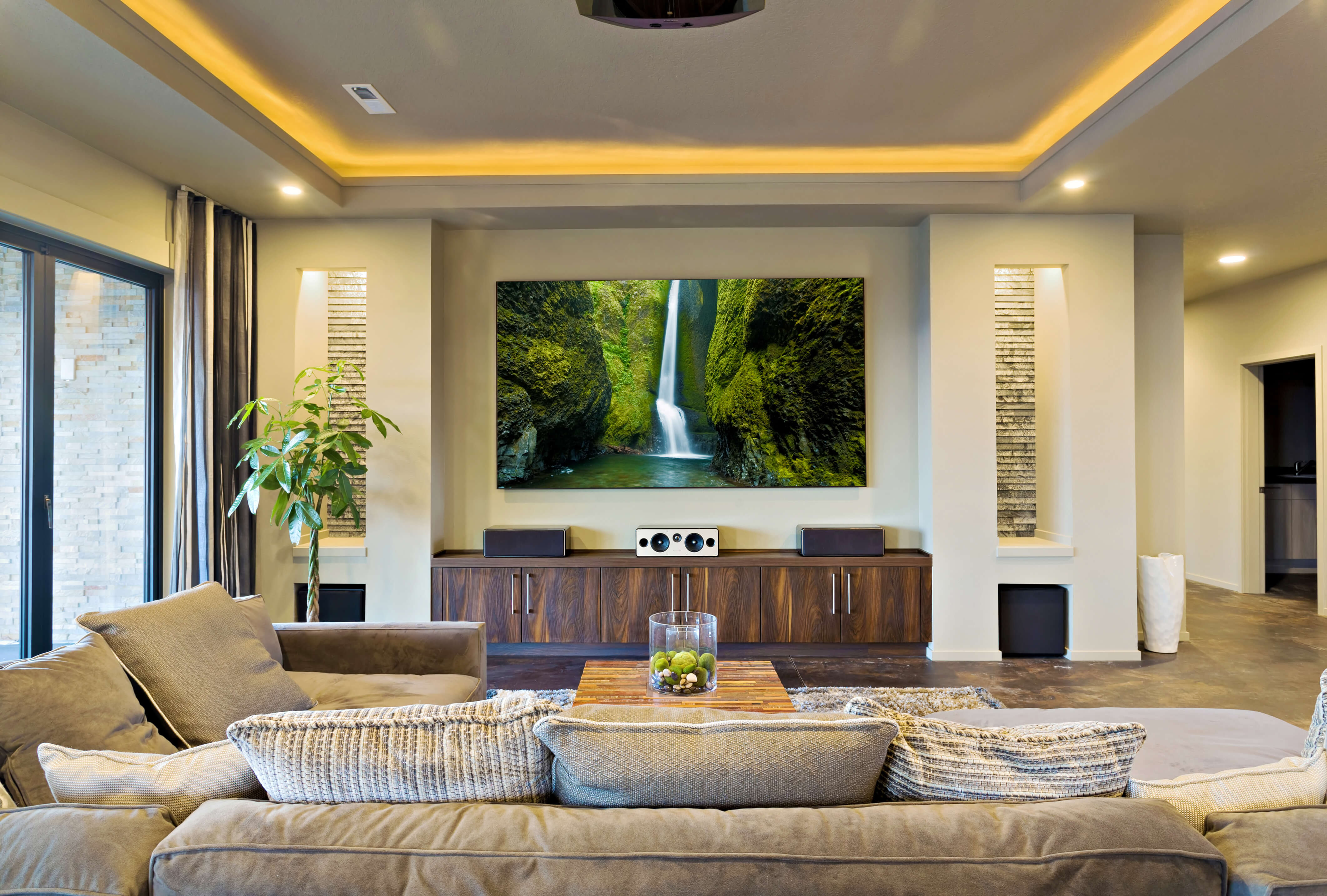

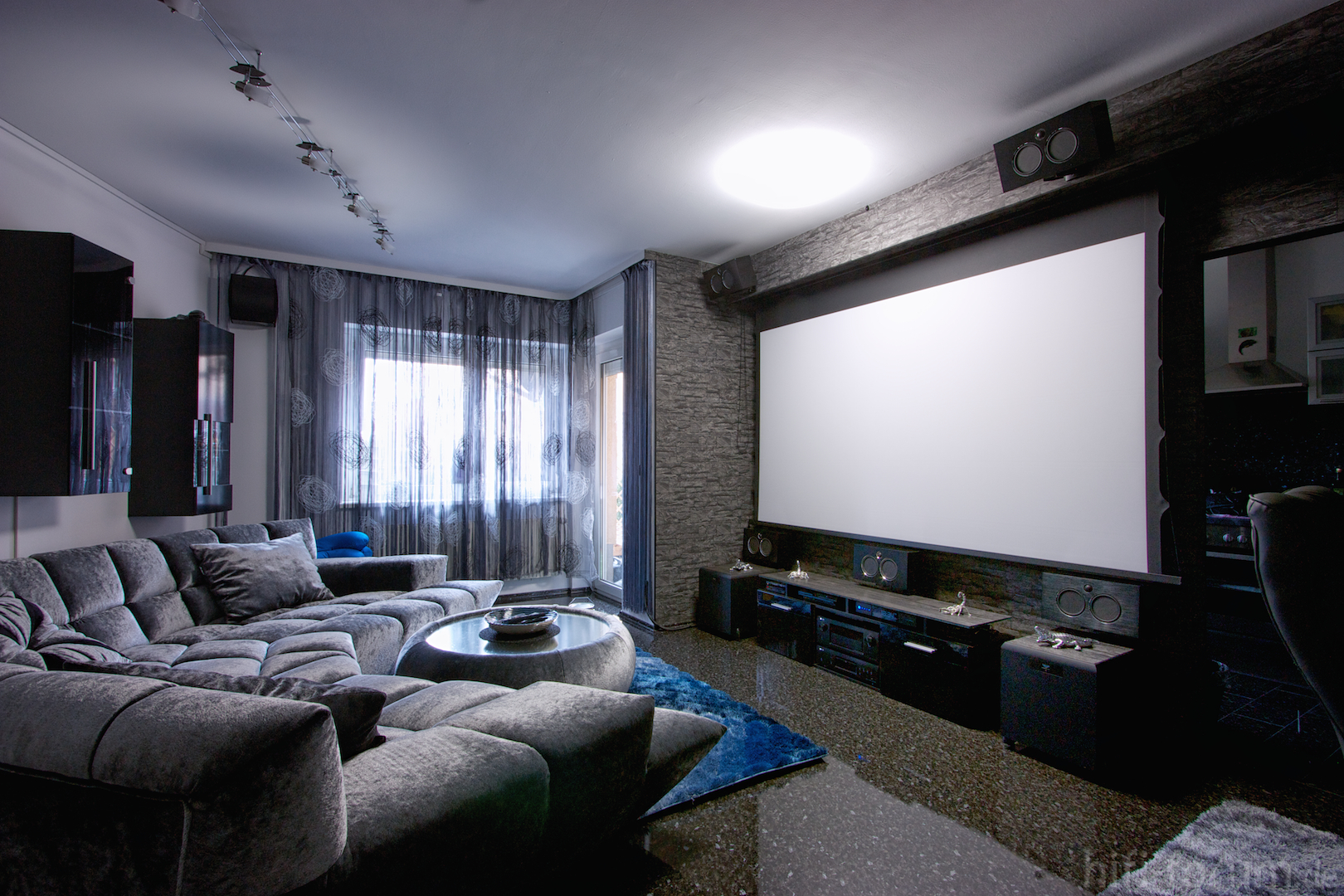




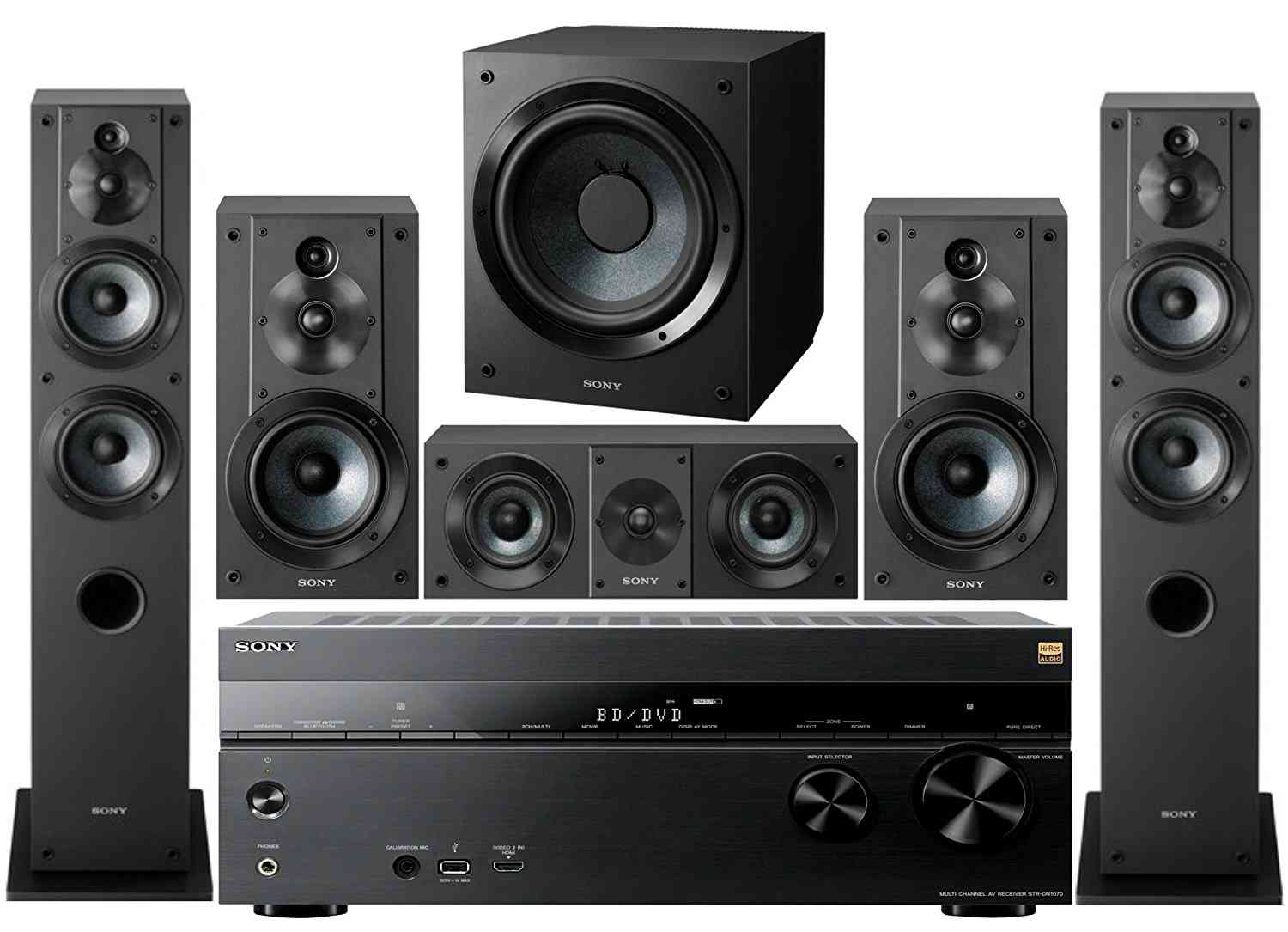
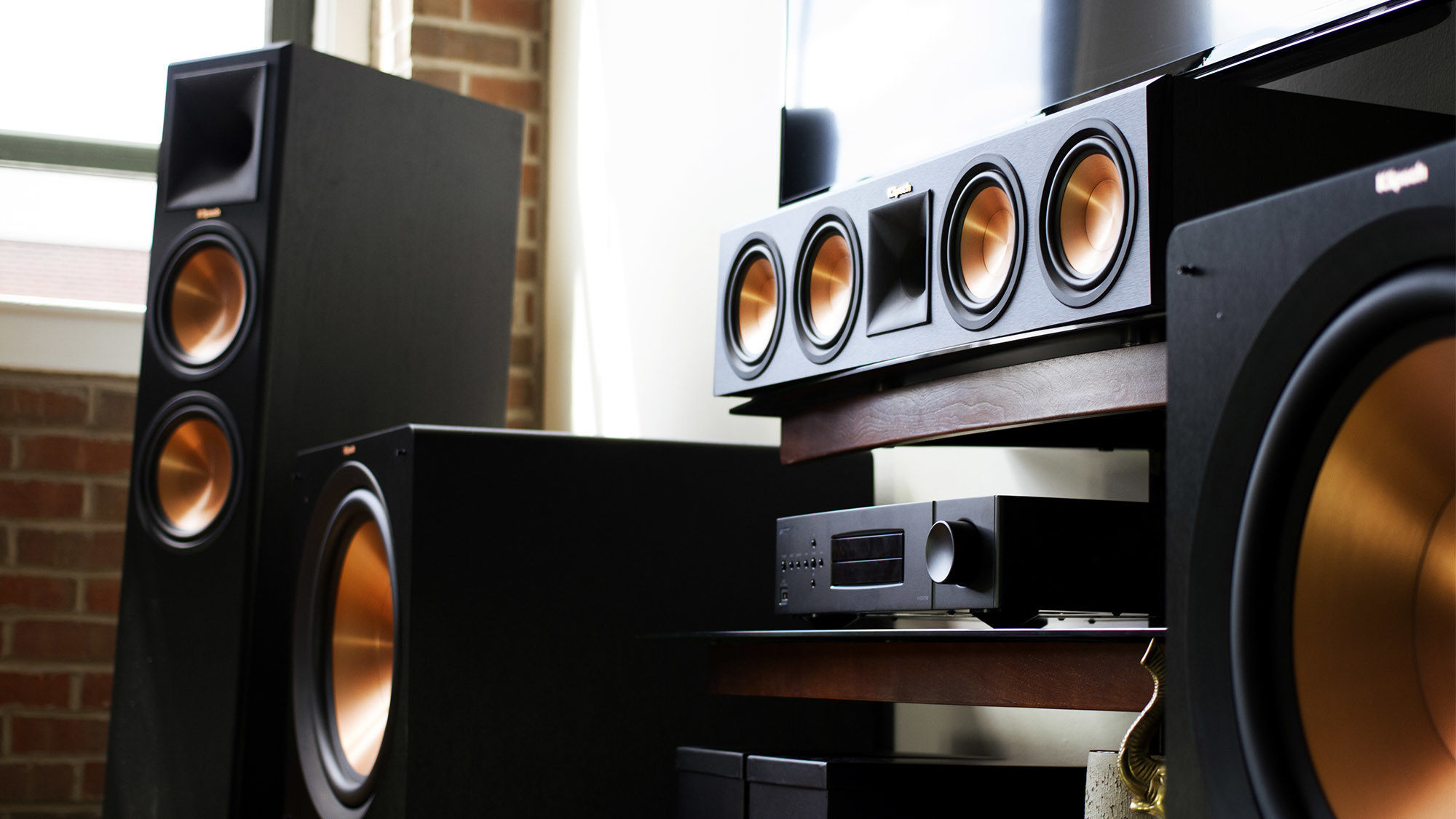
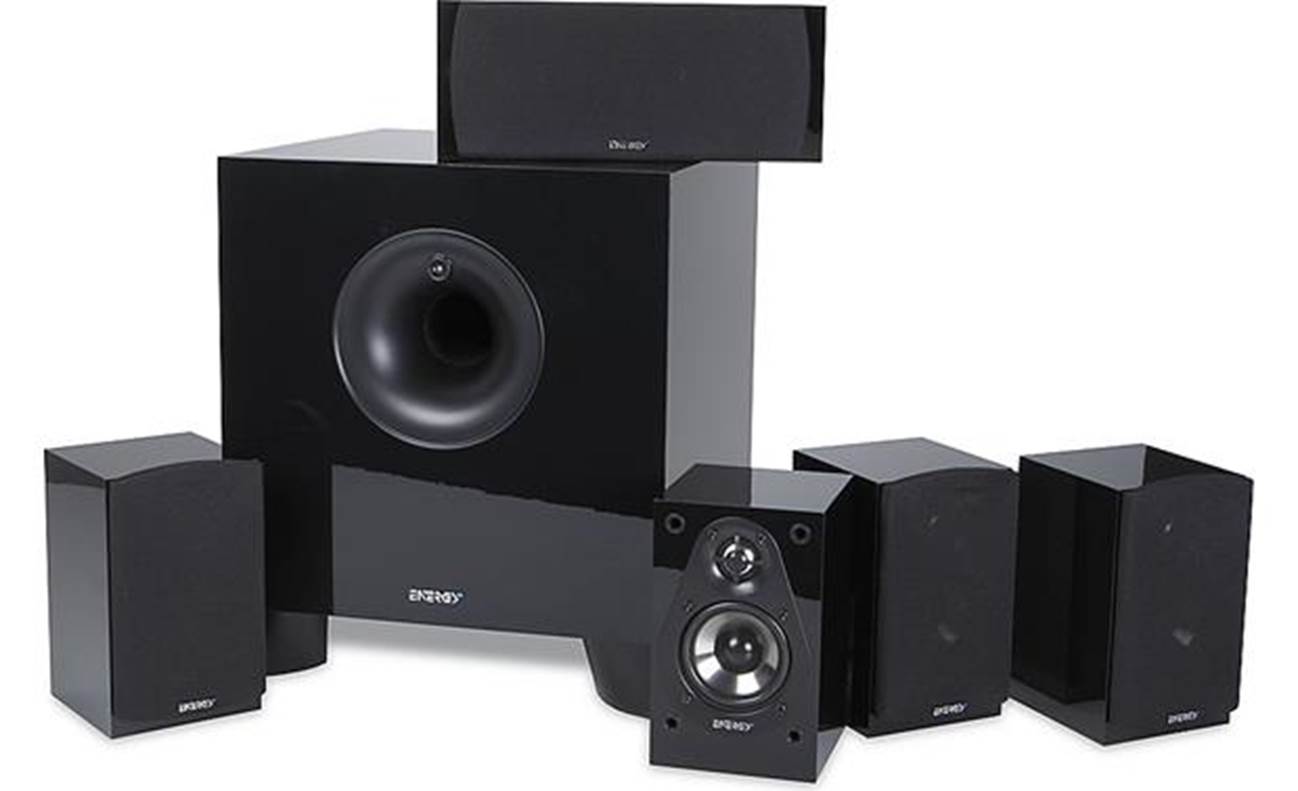
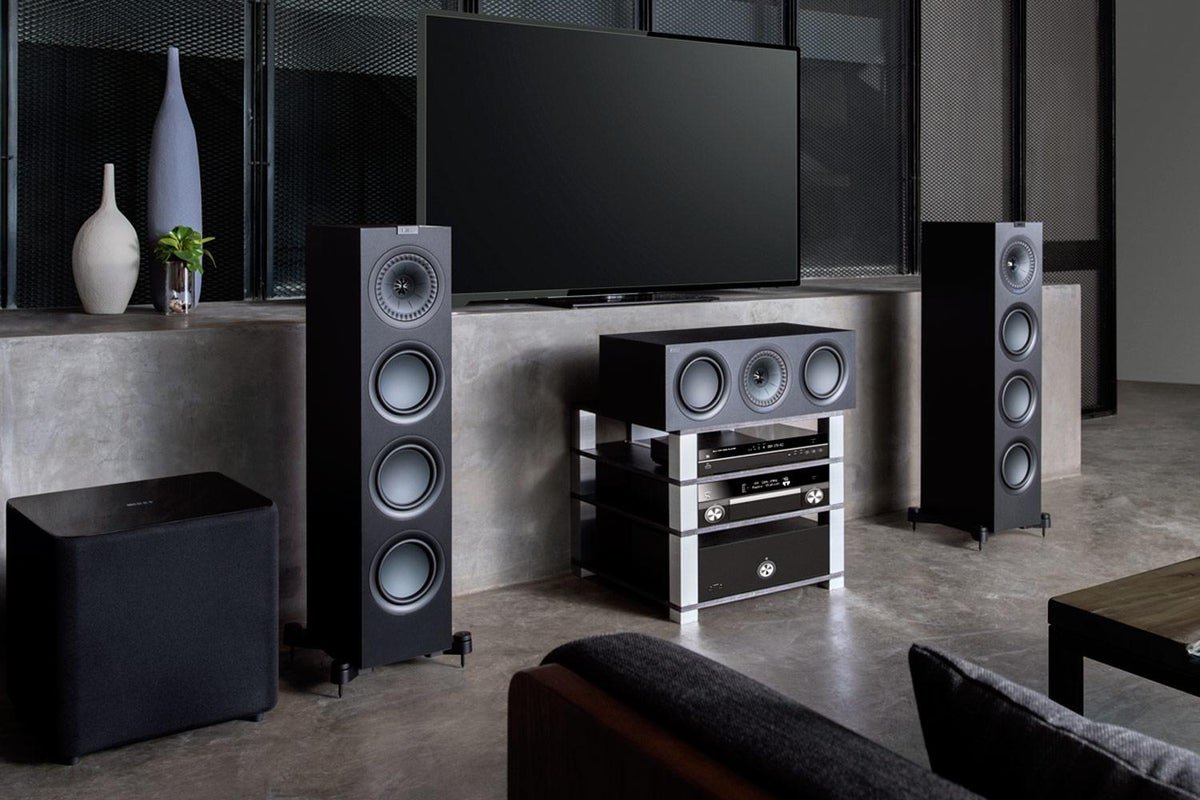

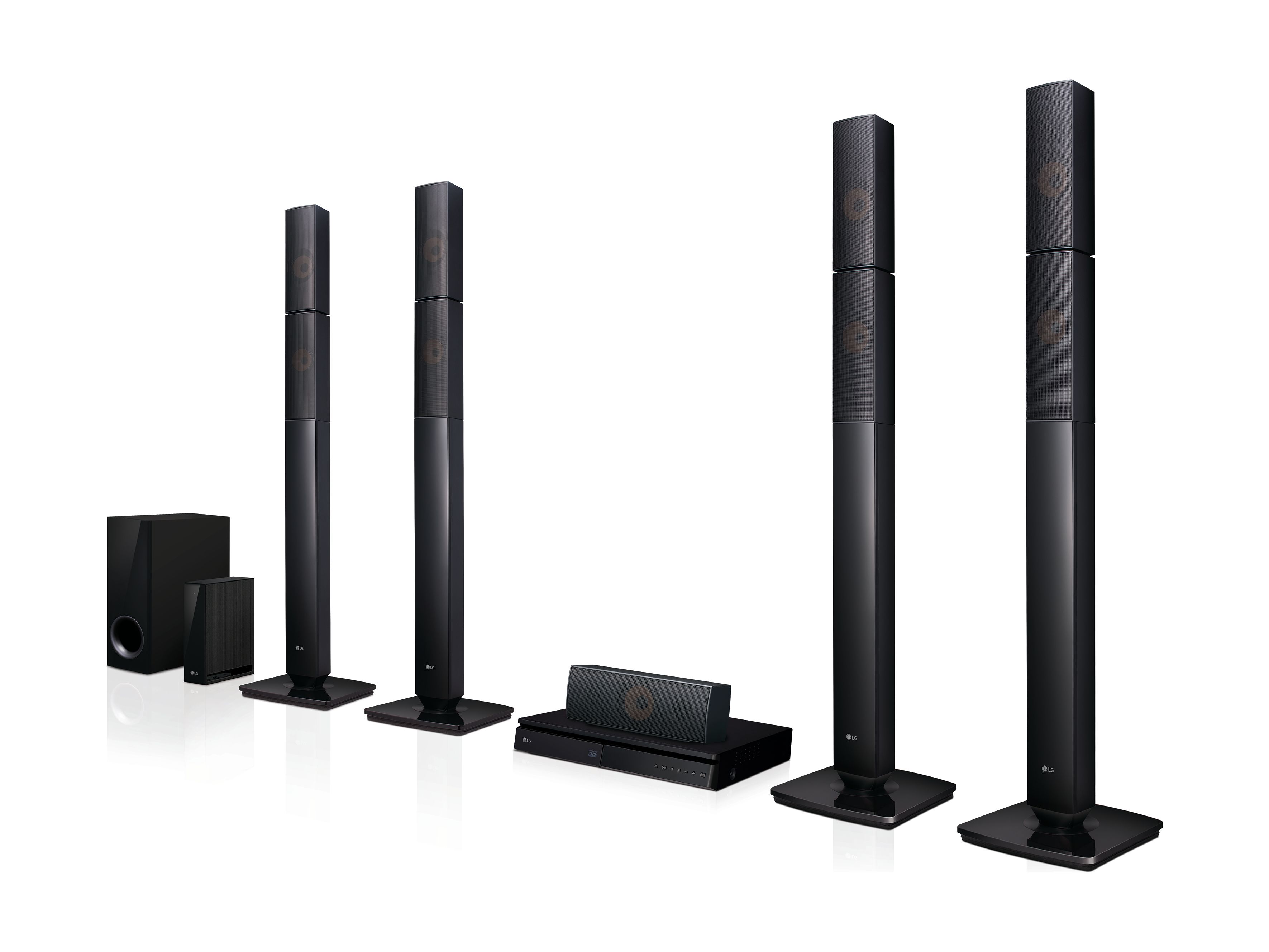






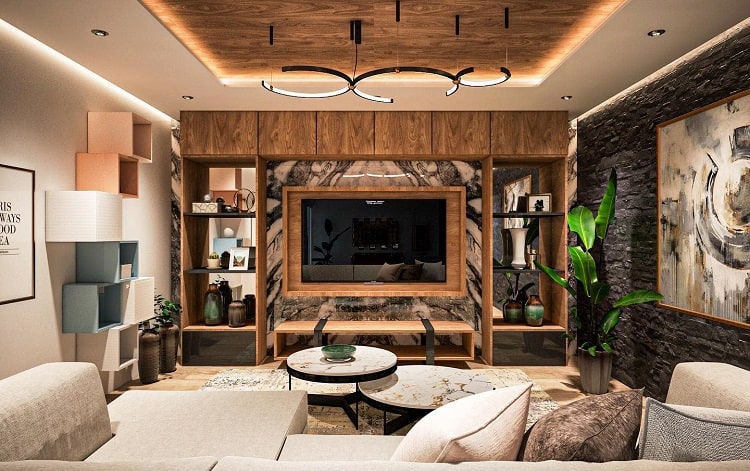

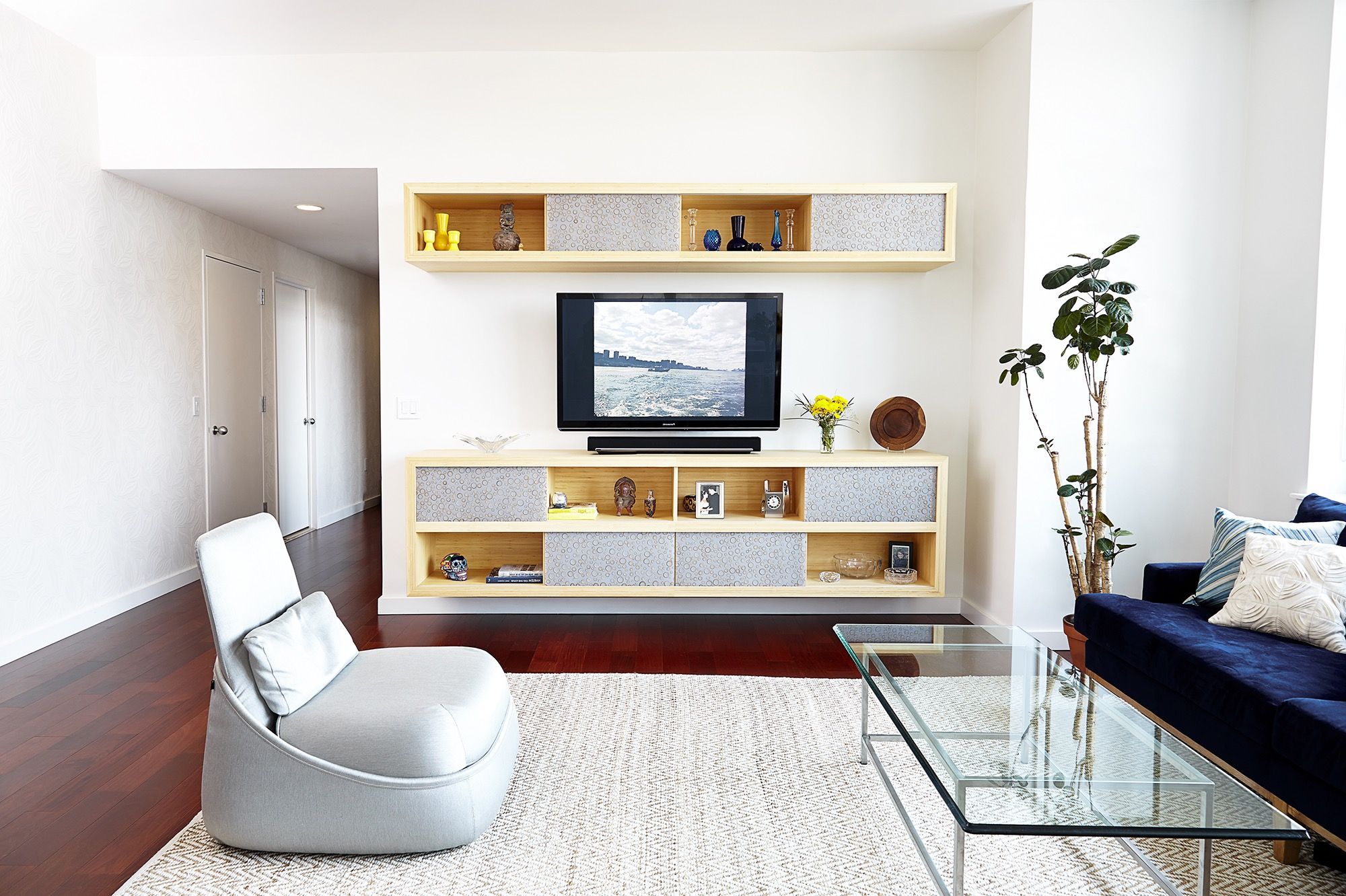







/movie-playing-on-projection-screen-in-home-theater-915093896-5c4dc5e246e0fb0001a8e7c4.jpg)

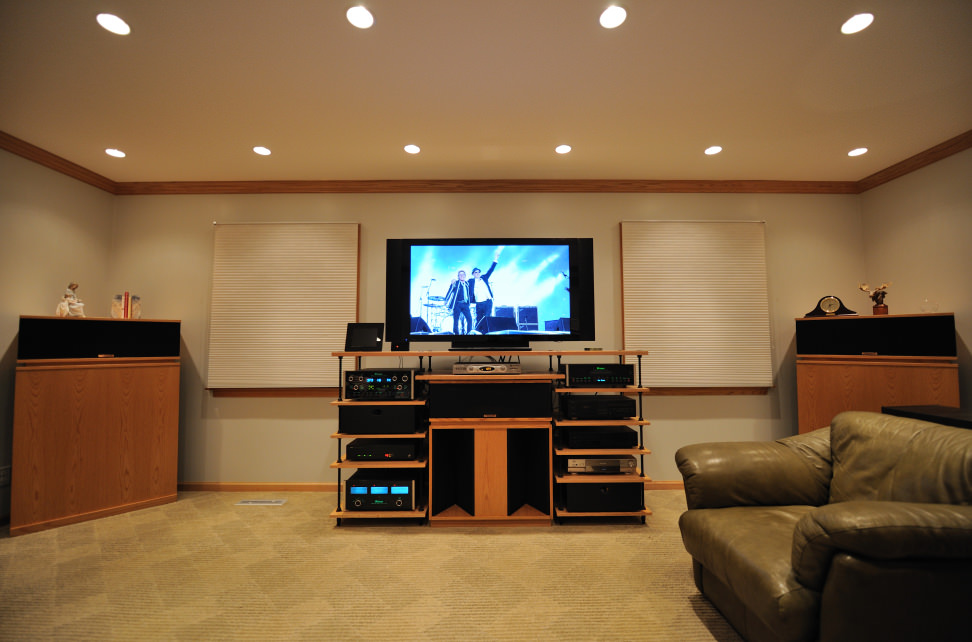

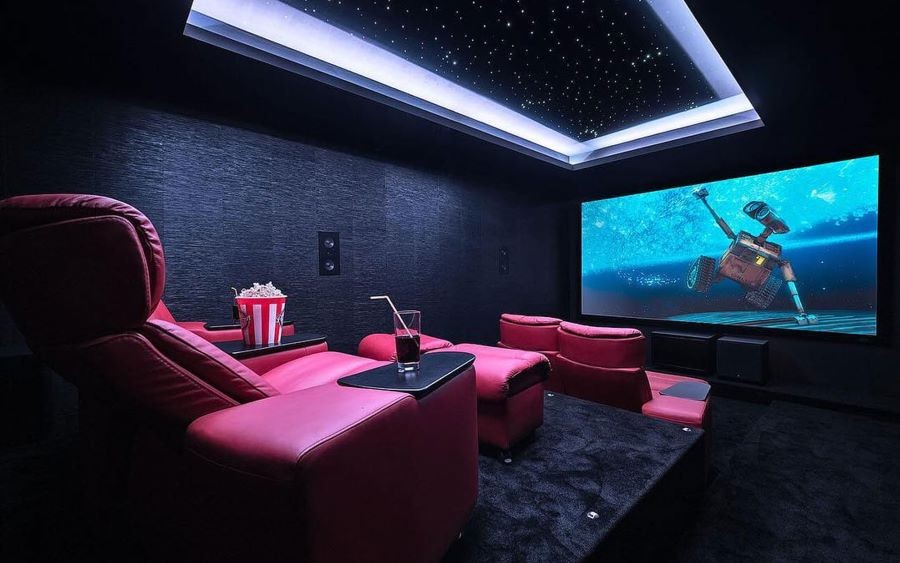
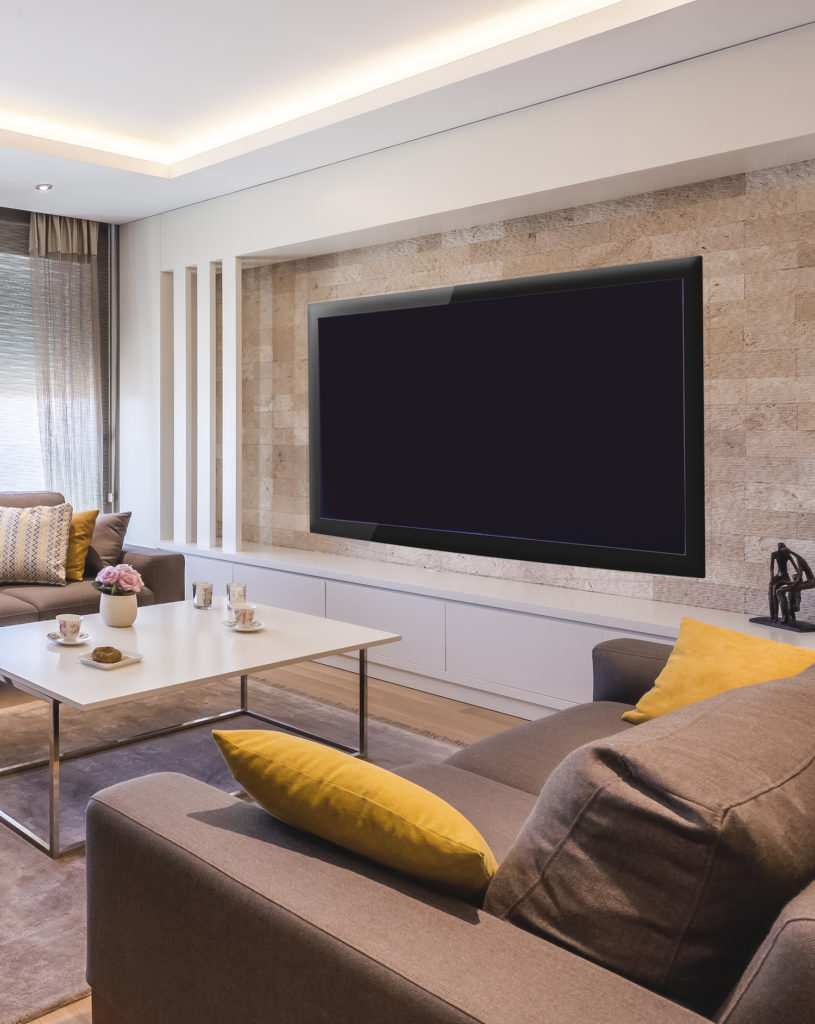


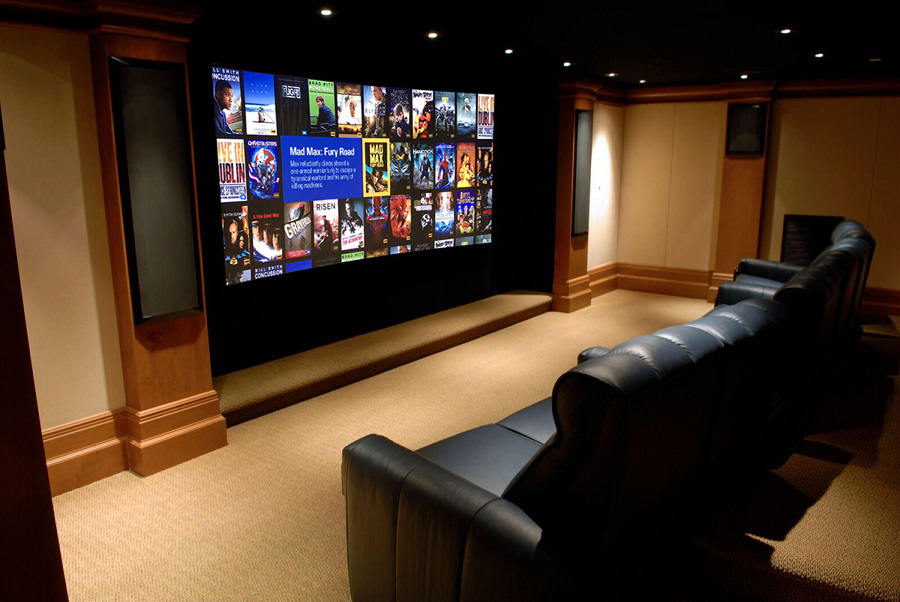
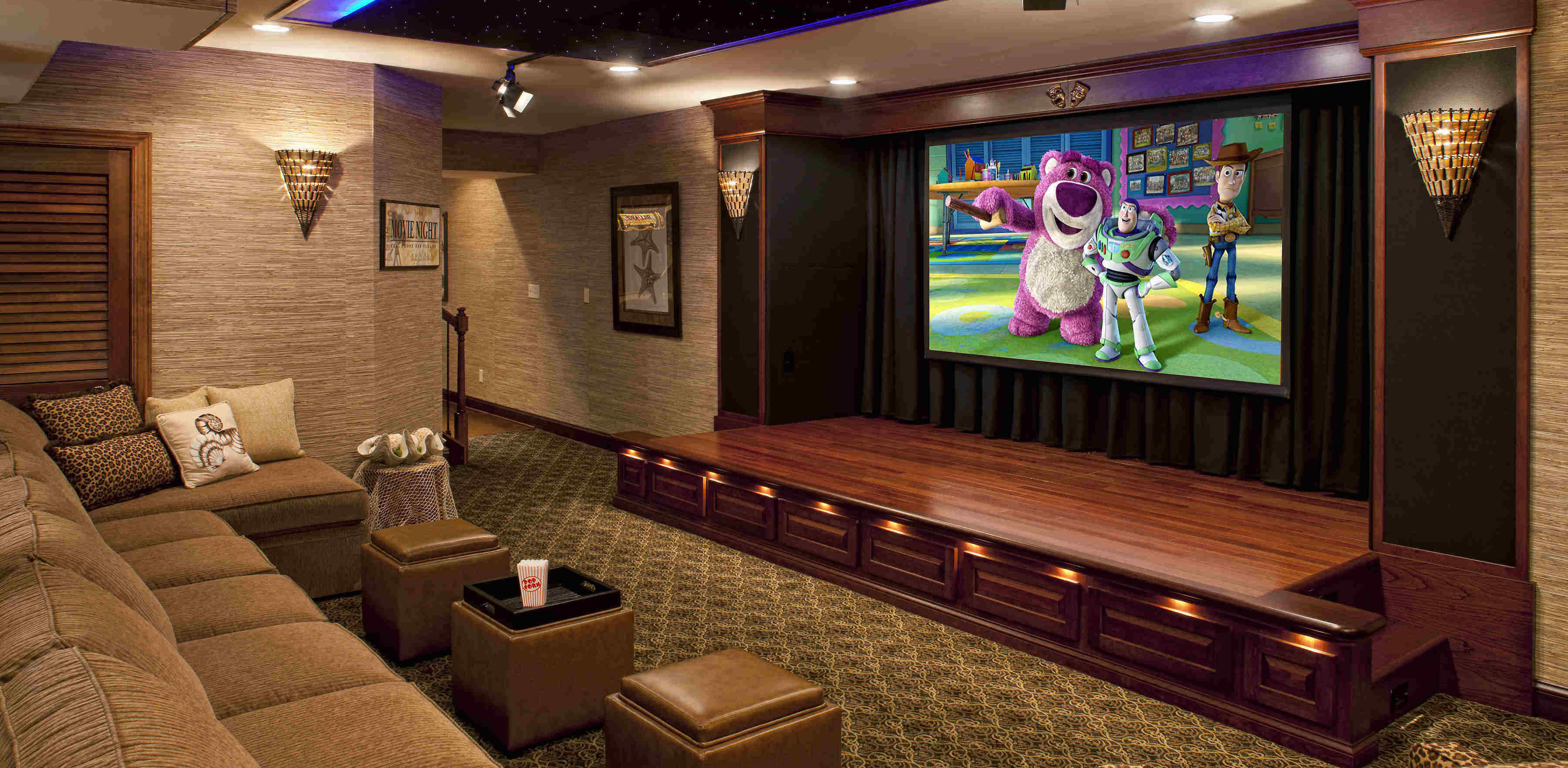



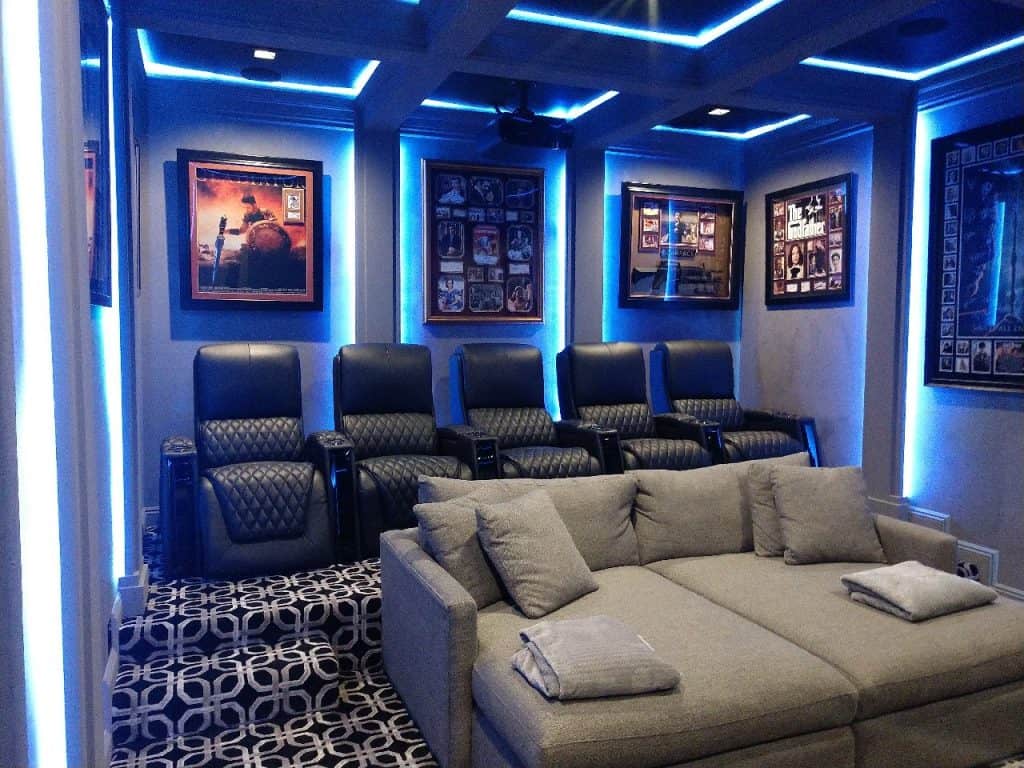
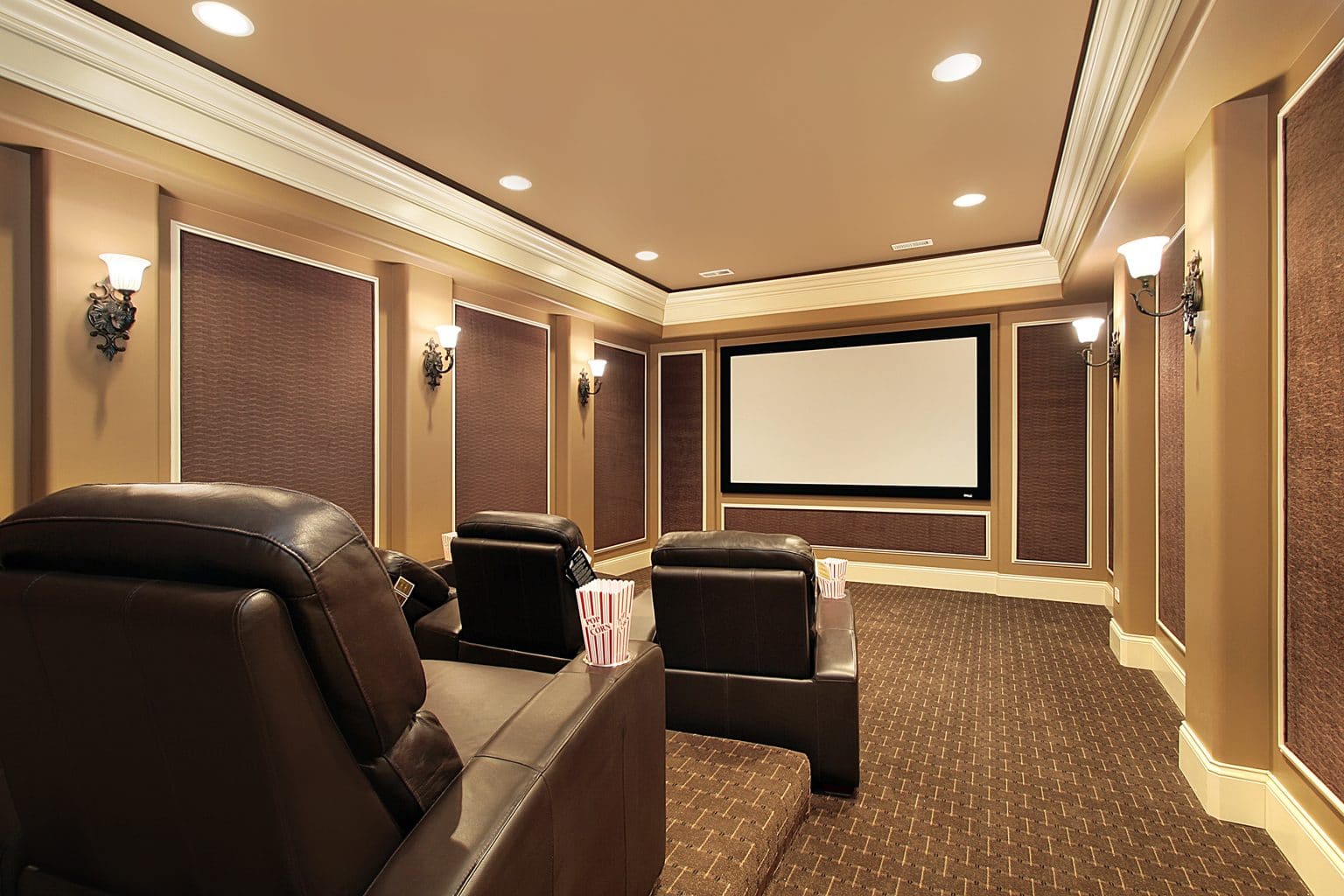

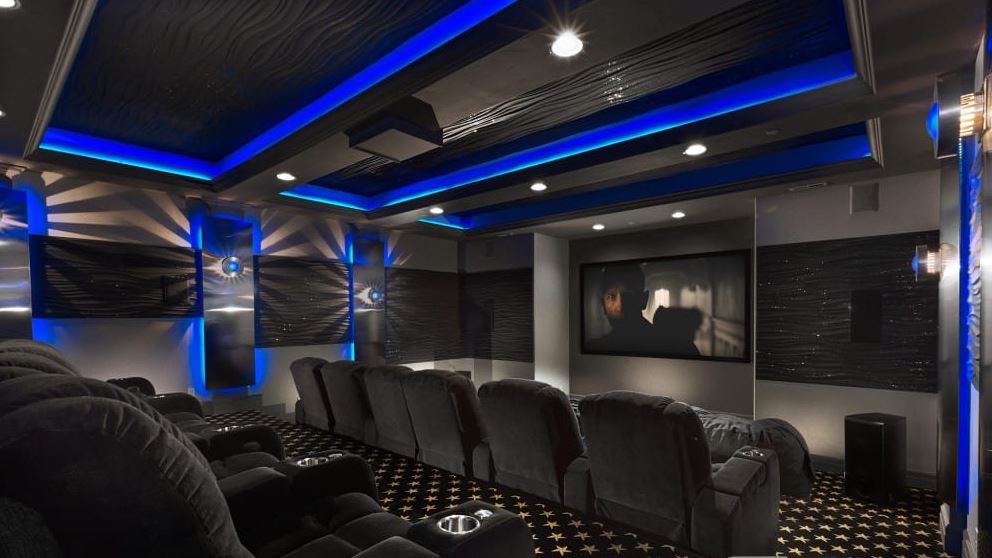
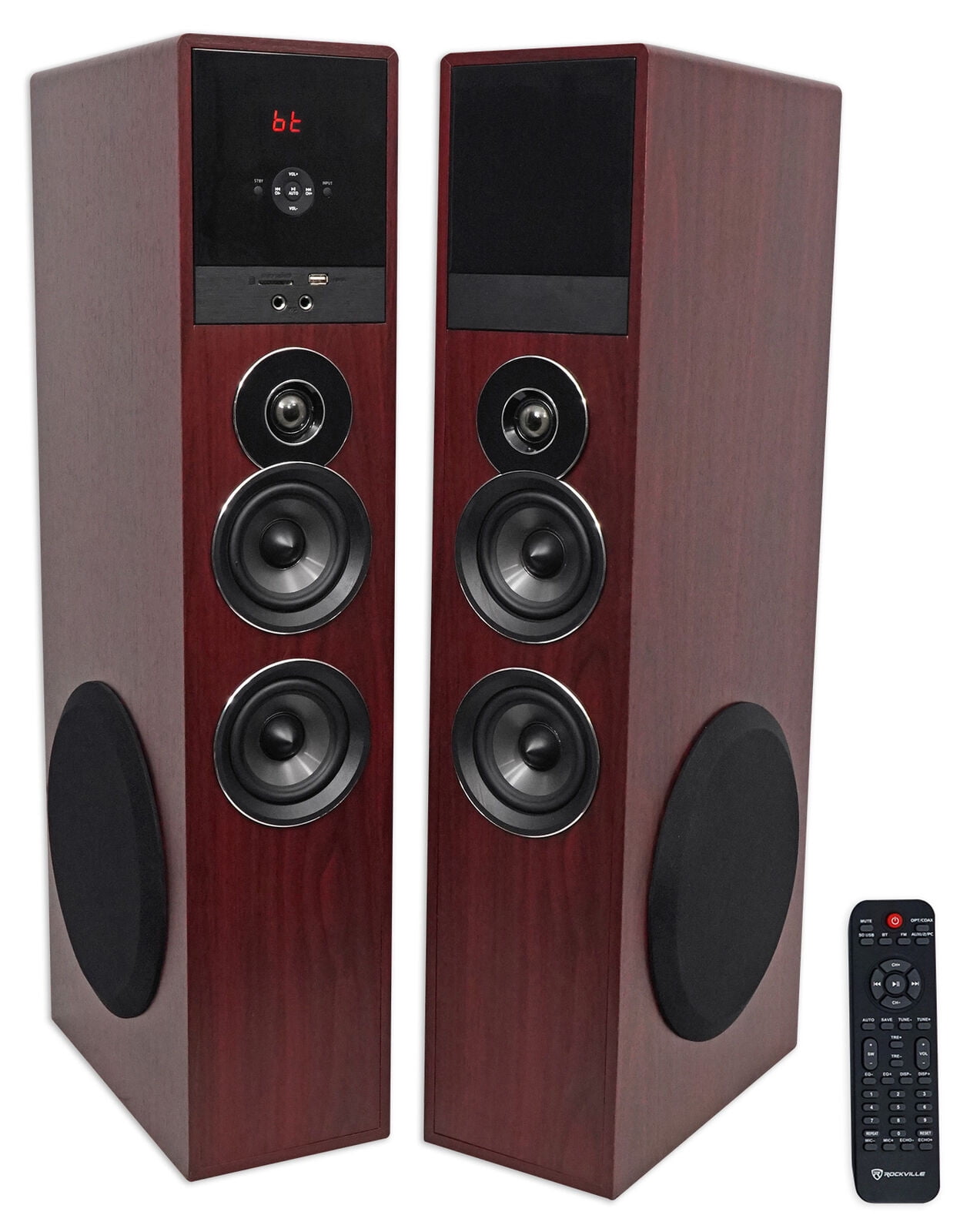




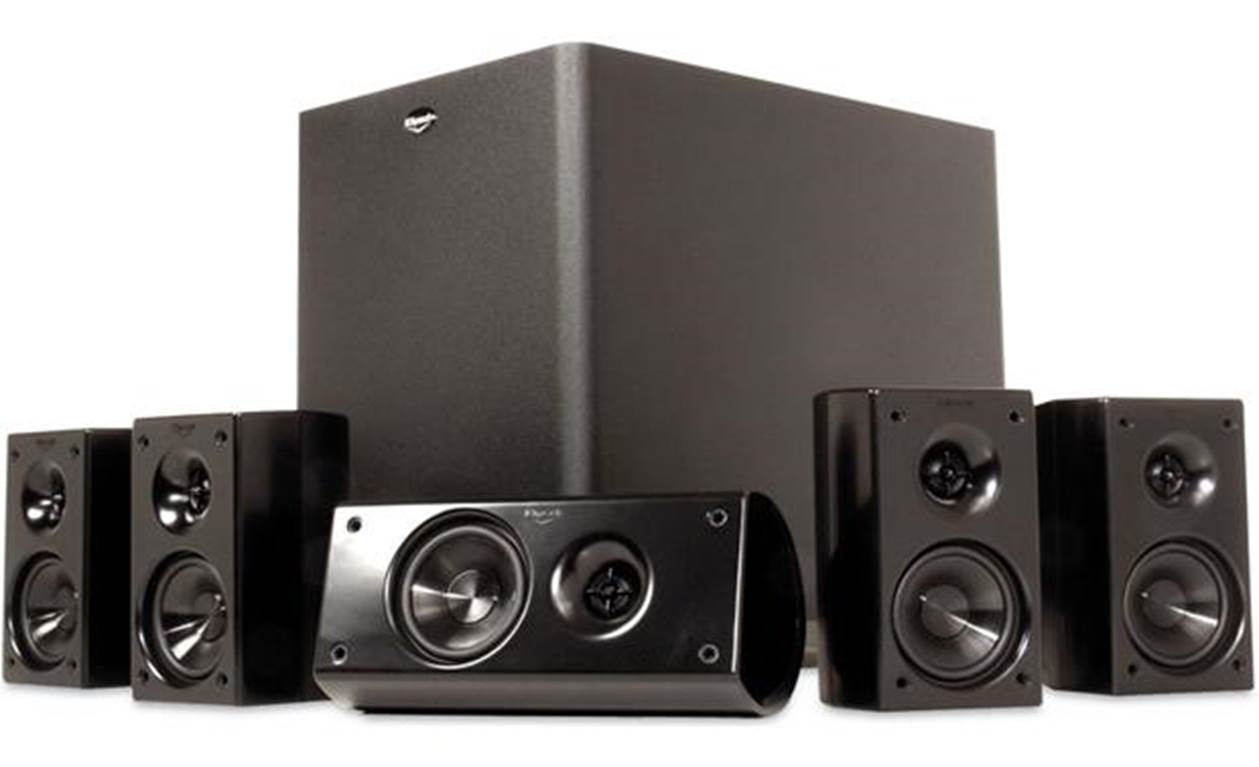





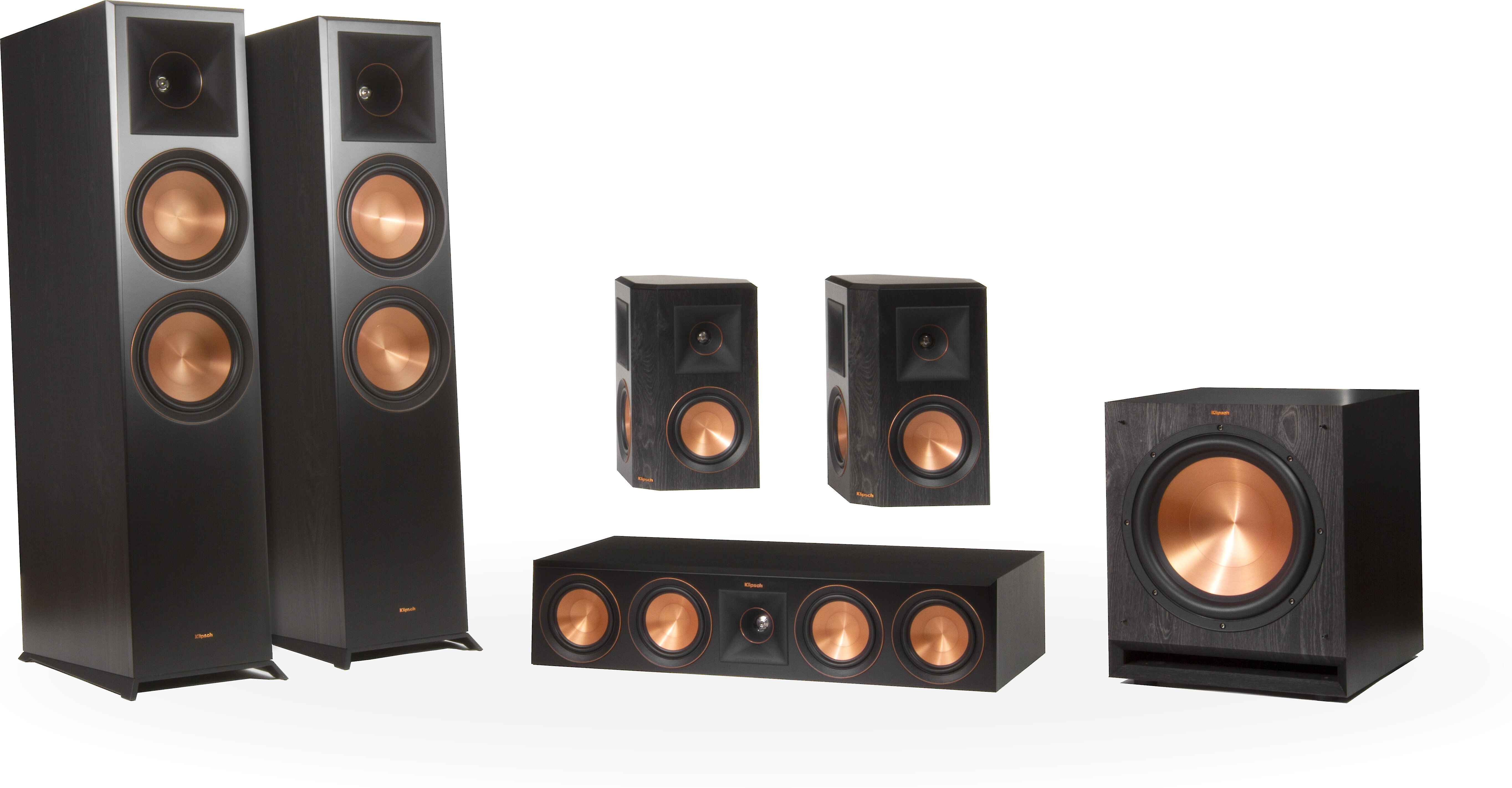


/onkyo-TX-NR575.Front-rear-xxx-58dacd733df78c5162e8eae0.jpg)
:max_bytes(150000):strip_icc()/pioneer-VSX-532-front-rear-aaa-58ffb8125f9b581d59921baa.jpg)
:max_bytes(150000):strip_icc()/integra-drx-5-front-rear-aaxx-5751e6e63df78c9b465a3a5a.jpg)
:max_bytes(150000):strip_icc()/denon_avrx4300h-front-rear-a-57c6f87e5f9b5855e51cd2ec.jpg)
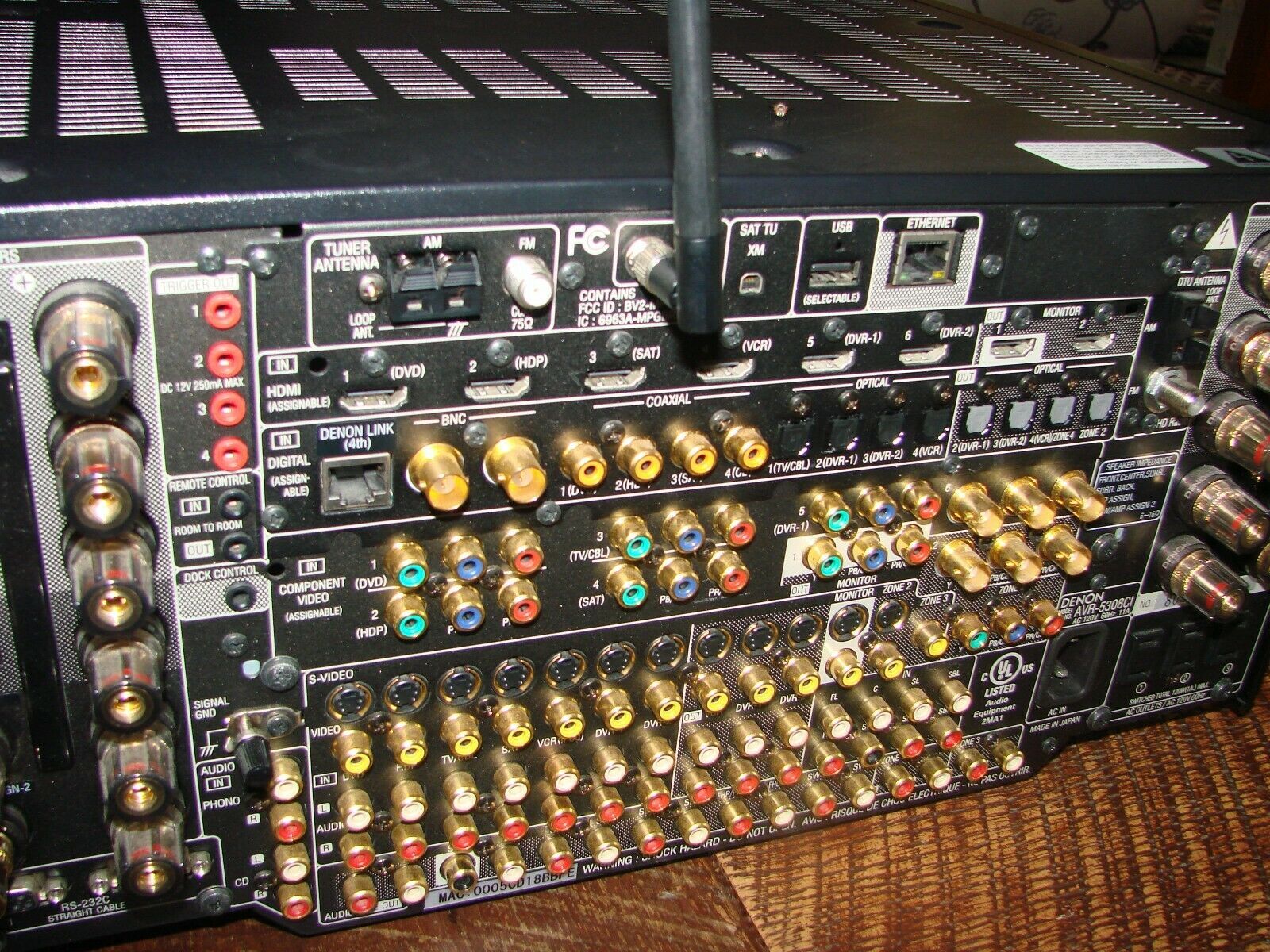
/yamaha-rx-v383-front-rear-xxx-58dacadd5f9b58468396b557.jpg)
/1846332-1-4-5c3bca9846e0fb000159f231.jpg)
